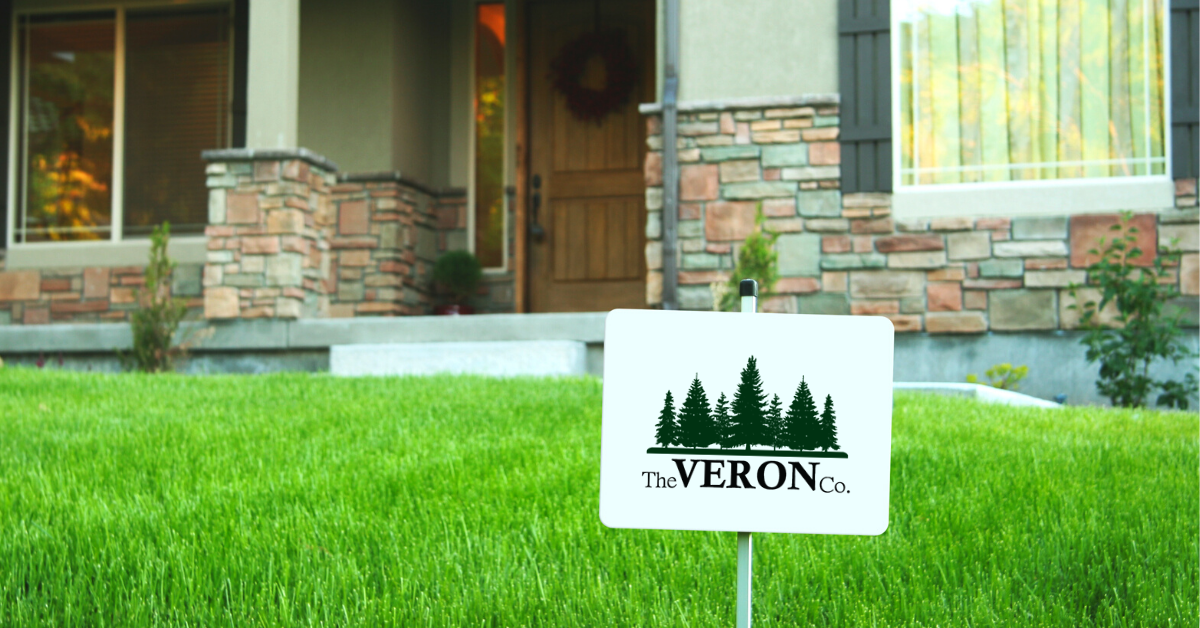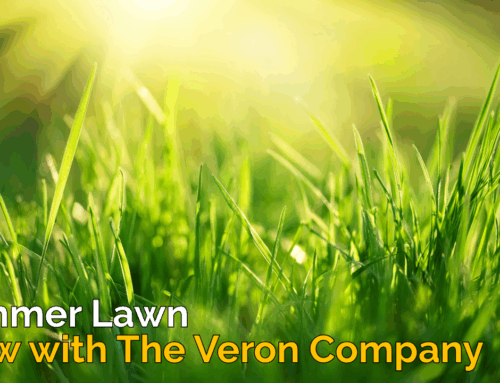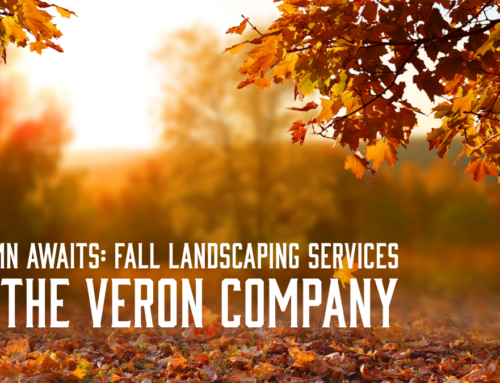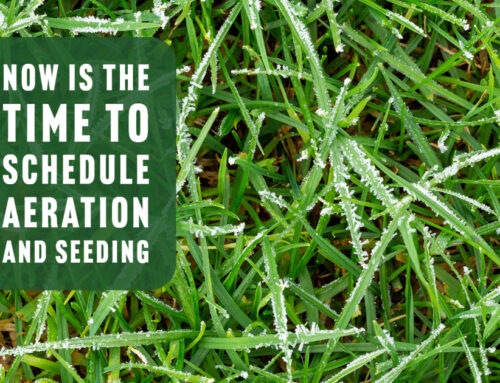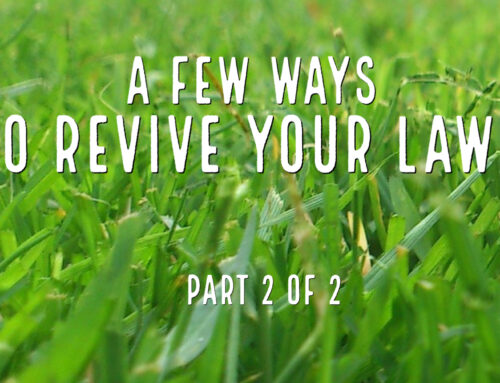When times get tough, silver-linings can be difficult to notice. As frustrating as covid-19 has been, the gift of house-arrest brought a newfound attention to our landscaping and lawncare. If gardening is a new hobby, you may not have given the importance of loam much thought. Choosing the proper type and quality of loam, however, is perhaps the most important step in ensuring the health of your plants.
What is Loam?
Loam refers to soil that is a mix of sand, silt, and clay. For individuals familiar with geology, clay is known as very fined-grained. So, while oxygen and water molecules can not move through clay alone, it is nutrient rich. Combined with water-retaining silt and sand, the correct levels of hydration and oxygen can pass through loam, effectively feeding nutrients that allow for healthy plant growth. Summarily, the ratios involved in loam composition are extremely important.
Why is Loam Important?
Ensuring a proper ratio of loam to compost is important as too much compost can overheat soil and burn your plants — a chemical reaction of sorts. On the flip side, organic soil is nutrient rich, so a proper mix of loam and compost creates a perfect product for your planting needs. The compost loam mixed at The Veron Company is a perfect ratio of organic soil and loam which needs no extra fertilizer to maintain plant vitality. Oftentimes, people will add fertilizers and other products to their compost loam thinking that it will lead to quicker growth, making the unfortunate realization that it has done the opposite and overheated their soil. Diligence is a necessary component of loam maintenance, which is why companies such as ours test their soil on a regular basis after mixing these inorganic and organic materials together. One is better off purchasing loam from a knowledgeable, organic, environmentally-friendly supplier who makes and tests their own product as opposed to a retail seller holding little to no knowledge of the product they sell from the shelf.
The Benefits of Loam
- Efficient water retention
- Proper level of drainage
- Presence of nutrients for a healthy plant diet
- Negates the need for fertilizer and saves money
- Provides the best physical structure for plants by maintaining ideal plant height and weight
Why Commercial Loam?
Obviously, not all soil is the same. Not only does loam vary by texture and composition, but soil works differently in different locations and climates. It is important that the material ratios of your product are well-suited for its eventual location. What a commercial landscaping business does better than a retail loam-seller is consider the cultivation of soil to determine how the loam should be mixed to achieve the best plant and grass growth. For example, if we receive loam that looks and feels too sandy, we will introduce clay or silt-based material until the loam is perfect for planting use. Being in Marlborough, MA, our team thinks about the climate, geology, and weather common to this region since existing soil texture is significant to plant growth in fresh loam. Although there are remedies to improving loam soil that is too sandy or clay-like, it is more efficient to purchase commercial loam that is a proper mix of sand, silt, and clay for a perfectly balanced product which will see immediate results.
What to Look For
Have you been disappointed with the growth and longevity of your plants? Here are a couple components that may indicate you should lay down a commercially mixed loam soil:
- Your plant roots are too shallow. If you are unsure, you can tug on the plant. When the roots are too shallow, the plant will move upwards with little effort and the same is true for grass.
- The soil smells bad.
- Visible pools of water exist in holes or on the soil surface or does the opposite and drains too quickly so that the soil is too dry.
- Your soil is too much of one texture: overly sticky, lumpy, dry, sandy, etc.
- Your topsoil is compacted too tightly for grass roots to travel through it.
- Little to no worm activity.
- When wet, your surface layer of soil slumps, meaning debris moves downwards into the soil and forms a crust when dry.
Properly mixed and maintained loam has a structure that brings about the following:
- Plant or grass roots grow deep into the soil.
- The soil smells good.
- Water drains relatively quickly from the bottom of holes after rainfall.
- The soil is soft enough to dig easily.
- Plenty of worms and some other grubs.
- Your top layer of soil crumbles nicely.
Unhappy with your soil?
Feeling unhappy and irritated with the soil in your lawn? Are your plants and/or grass refusing to grow? You should research landscaping and commercial companies in your area who have the expertise and product that you need to make necessary changes to the soil at your property. Here at The Veron Company, we are just a phone call away from helping you make some major lawn and garden improvements and setting you up with the perfect loam is an essential part of that.

